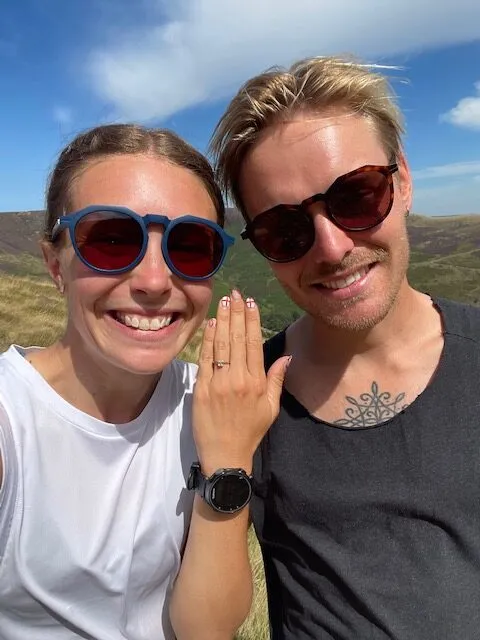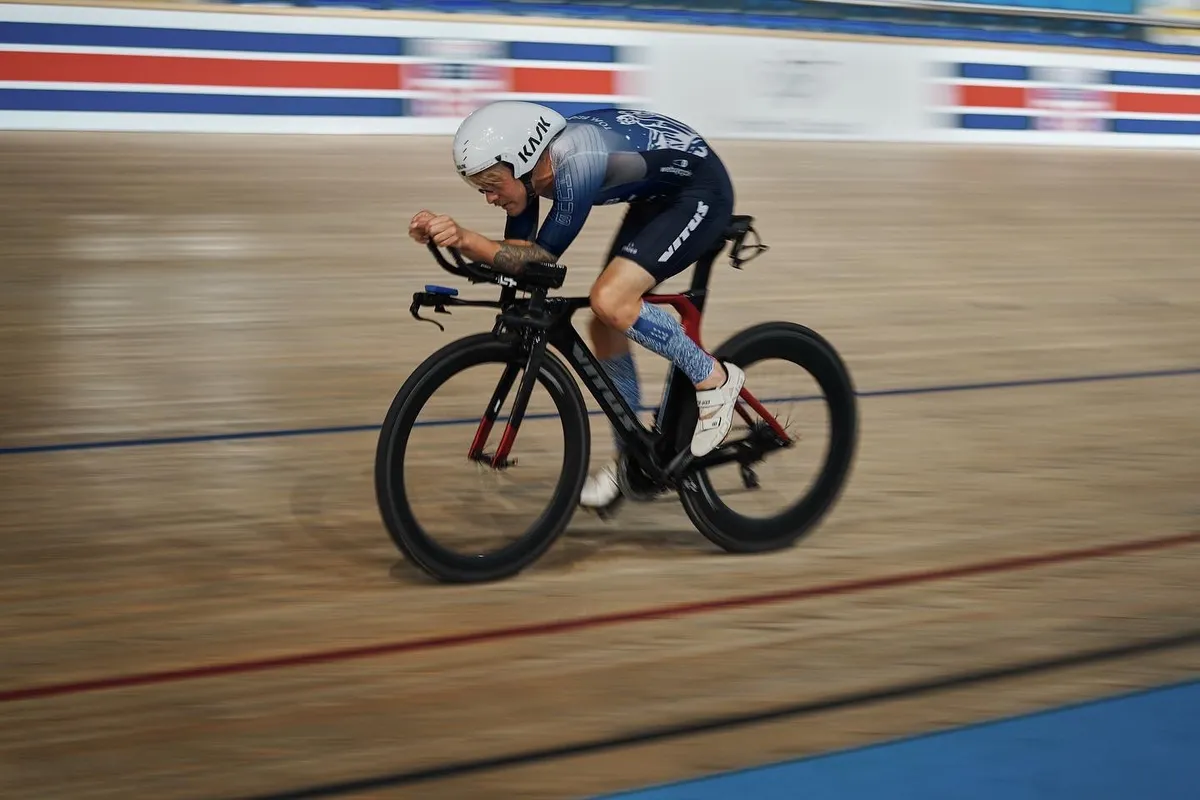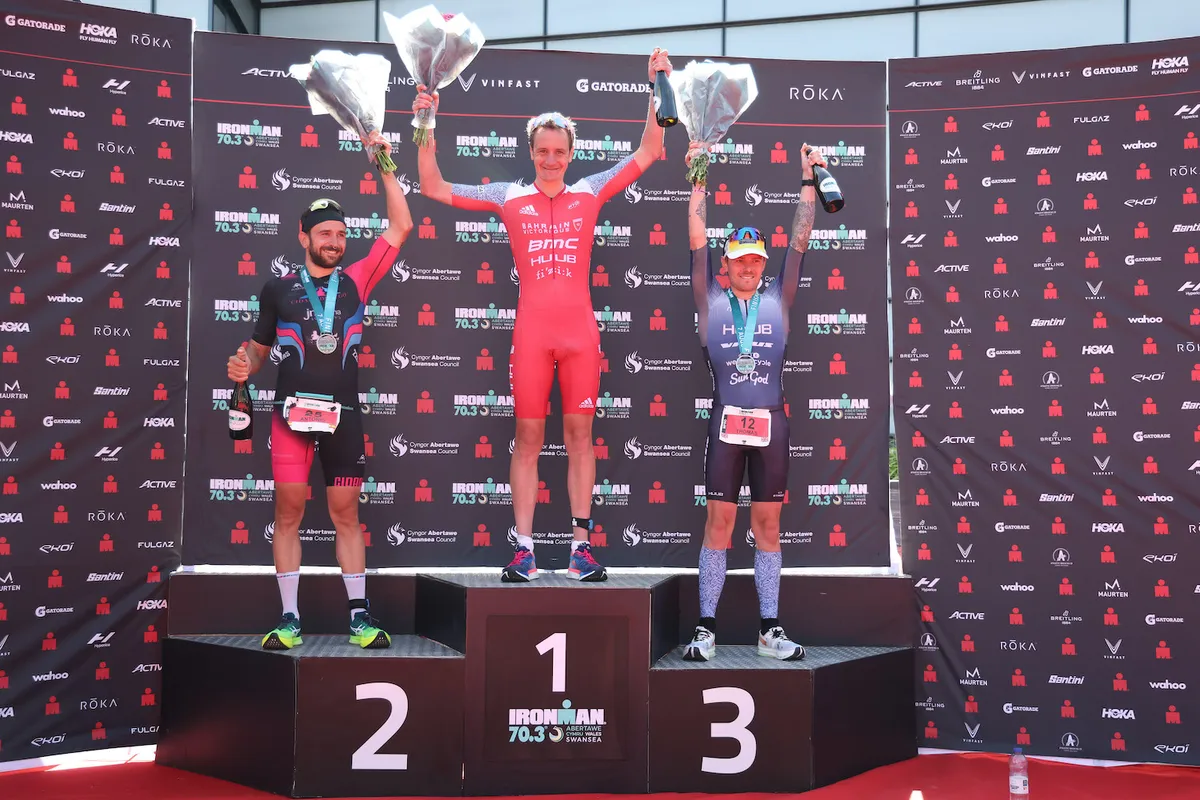It’s been a week since Swansea 70.3 and I will happily admit that I’m still completely knackered!
It wasn’t just the race that left me feeling wiped. I had a huge moment in my personal life that’s also exhausted me, but in a good way…
I got engaged a few days after the race and we spent several nights away in the Peak District enjoying some down-time. This small break was definitely needed after a non-stop start to the year.
It seems only last week that I was lining up for my first race of the season in Portugal. This small break will hopefully revive me for the second half of the year.
The benefits of a break

Mid-season breaks do go against all the emotional habits you develop when in full training. You fear that you’ll lose fitness and feel sluggish, bloated and weak. But I find it useful to imagine you’re advising someone else to do it and the benefit they will get off doing it.
Breaks are a good time to process what you’ve already achieved this year so far and what you want to do or change going forward.
I took time to revisit the racing I’d already done and also look at my year holistically. I turned 31 last month and I am one of the oldest pros lining up on the pontoon.
This isn’t a problem, as some of the greatest athletes we’ve ever seen were dominant way into their 30s. Most importantly, I still love doing what I do and this means that I want to get the best out of myself now and use the experience I have gained to race smarter and plan the year in a way to get more out of myself.
I remember being able to jump straight back into full training after a race, but now recovery is taking a bit more time. This probably means I need to dial back the frequency of racing and make sure I’m really ready to deliver at the next one.
That has been my instinct for a while, but the calendar and the responsibilities I’ve had with the federation over the past four years have encouraged me to race a bit more than I think I can cope with, hence the dip in form recently.
Moving up to the middle

Third at Ironman 70.3 Swansea was a great result and I’m always delighted with a podium as they don’t come round as often as I’d like.
But what I actually delivered wasn’t me at my best. I suppose partly the reason for this is that I haven’t done any specific training for long course.
I’ve barely ridden my TT in position and all the run training I’ve been doing is focussed on 5-10k speed, lest than half the distance we race in middle-distance triathlon.
Luckily the swim doesn’t change too much for me, but the cycling and running really needs thinking about if I’m to reach my potential over the next few years.
I’ve actually put a few things in motion already. I did some aero testing with WattShop the Sunday before the race and changed quite a bit with my position.
I still need to get used to the change and train my body to produce power in a lower position, which will take time, but I felt the benefit in my speed straight away.
The biggest changes which saved the most watts were getting narrower and getting lower.
Equipment and clothing upgrades saved power, too, and it all added up to quite a significant change, But as I said, I now need to train in position and find a balance between power production and aerodynamics.
Learning on the job

What I found out on the bike in Swansea is you need to make sure everything is ready to go and that includes your bike and legs. I spent the first 10 miles on the bike distracted on things, while Alistair vanished up the road.
I’d not loaded the bike course, I lost half of my nutrition and had to force my bars back into position after they dropped on a rough bit of ground. It’s easy to lose a huge amount of time when you’re not concentrating.
Thankfully the chase caught me and I was able to focus on this group and follow their racing lines. I could only really follow and hang on because I was on the limit.
My rear tyre was very soft. When racking in the morning I’d noticed it was flat. The sealant had worked, so I pumped it up and gave it a spin hoping it would seal, but it didn’t.
Thankfully I had some foam inserts which kept a small bit of pressure in the tyre so you can keep riding safely. That said, I could feel the rim touching the road on every rough patch of road or cattle grid.
Getting off the bike I was pretty spent and had to manage my fatigue and consume my back-up nutrition fast, without over doing it and affecting my stomach.
The run was a fairly lonely affair once I’d caught Maurice Clavel and Liam Lloyd, who’d both been part of our bike pack.
I had one cramp scare after 15km and had to walk a bit, but thankfully it eased off and I was fine for the final stretch. We all saw how cramp can end a race for someone during the Canadian Open.
What’s next?
Looking forward, I have a few ideas with what I want to do. There’s a couple of French Grand Prix’s early next month that I’m looking forward to and then it’s looking at what’s next.
There are some World Cups in Asia and also some middle-distance events, too, so it’s choosing what’s right for me to set me up next year.
Top image credit: Nigel Roddis/Getty Images for Ironman
